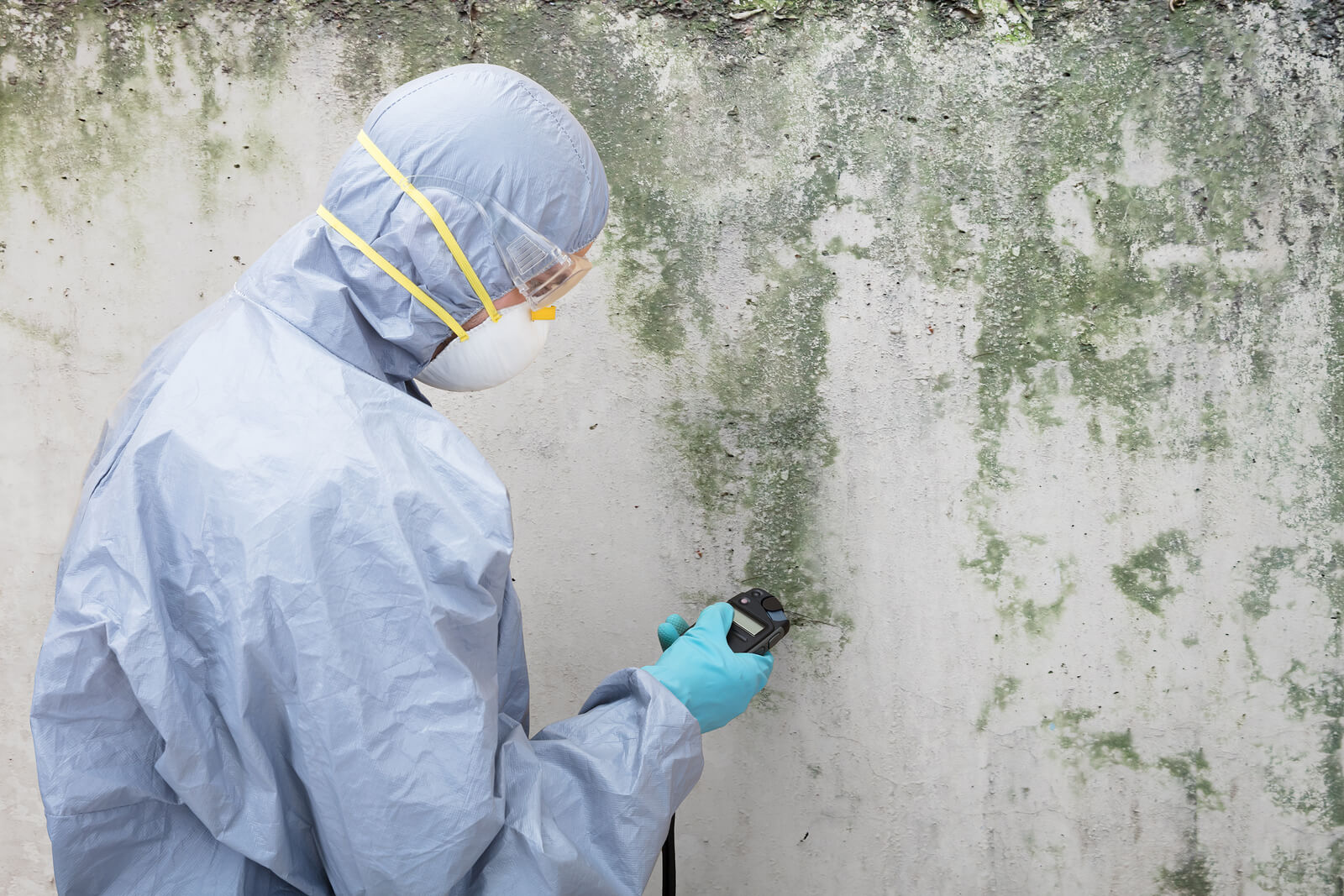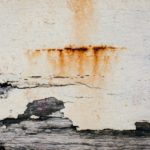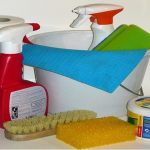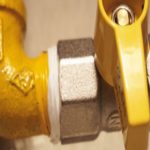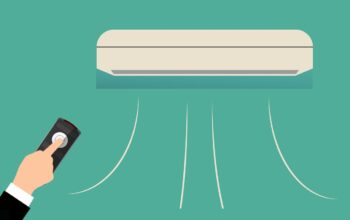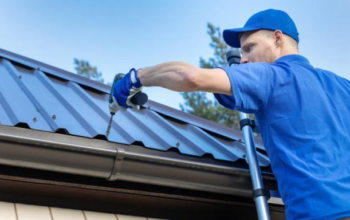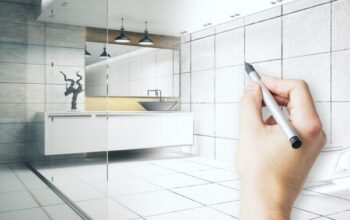If water damage has caused mold in your home you can’t afford to hang around – it needs tackling as soon as possible. If left untreated for too long mold can cause all kind of horrible health issues, such as breathing problems, migraines, allergies, asthma and pneumonia all of which can be very dangerous for the very young, seniors, and those with some pre-existing health issues.
Presuming that any repairs which caused the mold to grow have been carried out you are free to get working on removing the nasty fungus. Here’s how to do it in an efficient and productive way. For more information, you can check out resources such as Kauai Restoration.
Before you start – prepare yourself and your equipment
You will definitely need:
- Shoes and clothes which you are happy to throw away afterwards (if the mold is quite serious), or can take high heat when laundered (if it is less extensive.)
- Strong special gloves, facemask and goggles.
- A fan [when dealing with a large area of mold] or a dehumidifier
- Plastic garbage bags, and duct tape to close them securely.
- Cloths, and a mop
- Meths, disinfectant, and a small hard brush (optional)
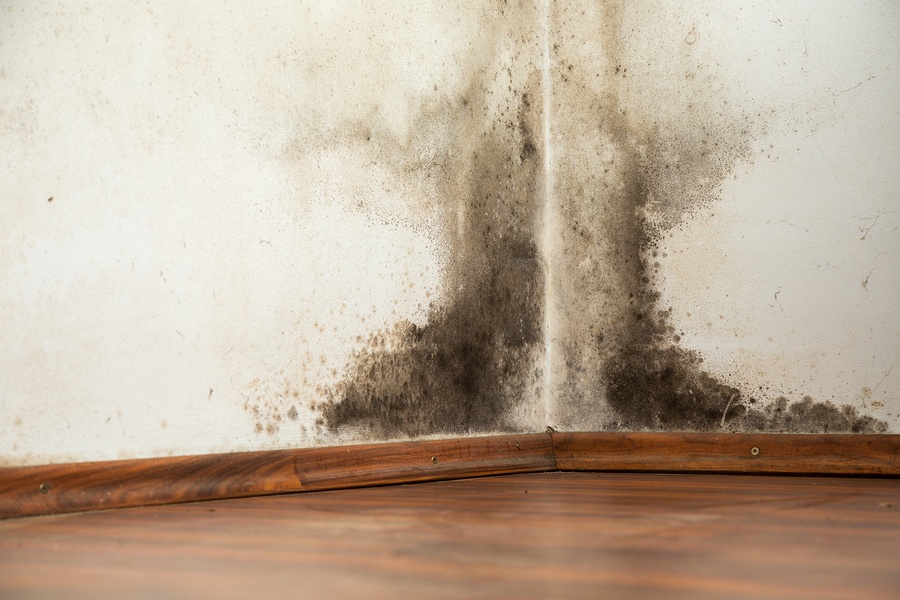
Step #1 – Mop up any water still around
If there’s so much it has got into carpets they need to be dried using a professional style dryer, otherwise, wipe off any remaining moisture from the area affected.
Step #2 – Strip away moldy fittings
Whether it’s unsaveable carpet or ruined wallpaper it all needs to go if you are to get rid of the mold permanently. Make sure anyone working on this task wears a suitable mask designed for this kind of task, and that all materials removed are secured in strong bags and disposed of carefully. Use the fan to keep air moving, and the dehumidifier if the flooring or a large amount of wall is wet.
Step #3 – Get busy with a fungicide
Don’t bother using bleach to wipe over the areas affected by mold, instead go for a fungicide designed to do this job. This way you can be sure it will work and there won’t be any damage to either your health from the fumes, or to the surfaces you are wiping. Once finished leave the areas to dry completely.
Removing mold from wooden items
If any items of furniture have been affected by the mold caused by water damage you need to rub the problem spots with denatured alcohol [methylated spirit] applied to a cloth. (Check in a less obvious area first to make sure it won’t be damaged.) Once the alcohol has completely dried spray the area affected with disinfectant.
Removing mold from porous surfaces
If the water damage has left pesky mold on your cushions or sofa, don’t panic. These items will have mold spores on them so put them through the hottest wash the fabric will take. For items which cannot be laundered take them outside to a sunny spot, brush with a firm bristled brush and let them sunbathe to kill the spores, then spray with a good disinfectant before putting them back inside and vacuuming one more time.
Related Posts

Loves home. I am here to provide how to make your home a much better place. 🙂 Blogging about HomeDecor, Home Improvements and more.
